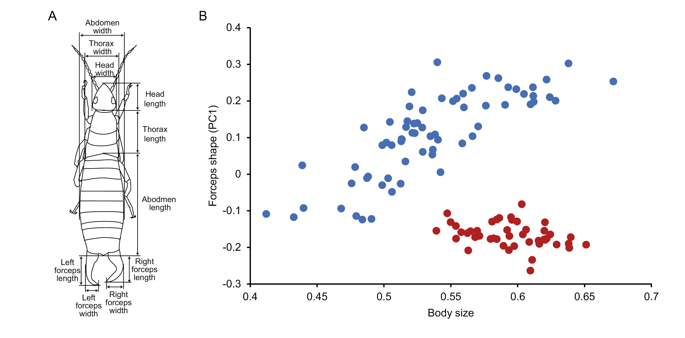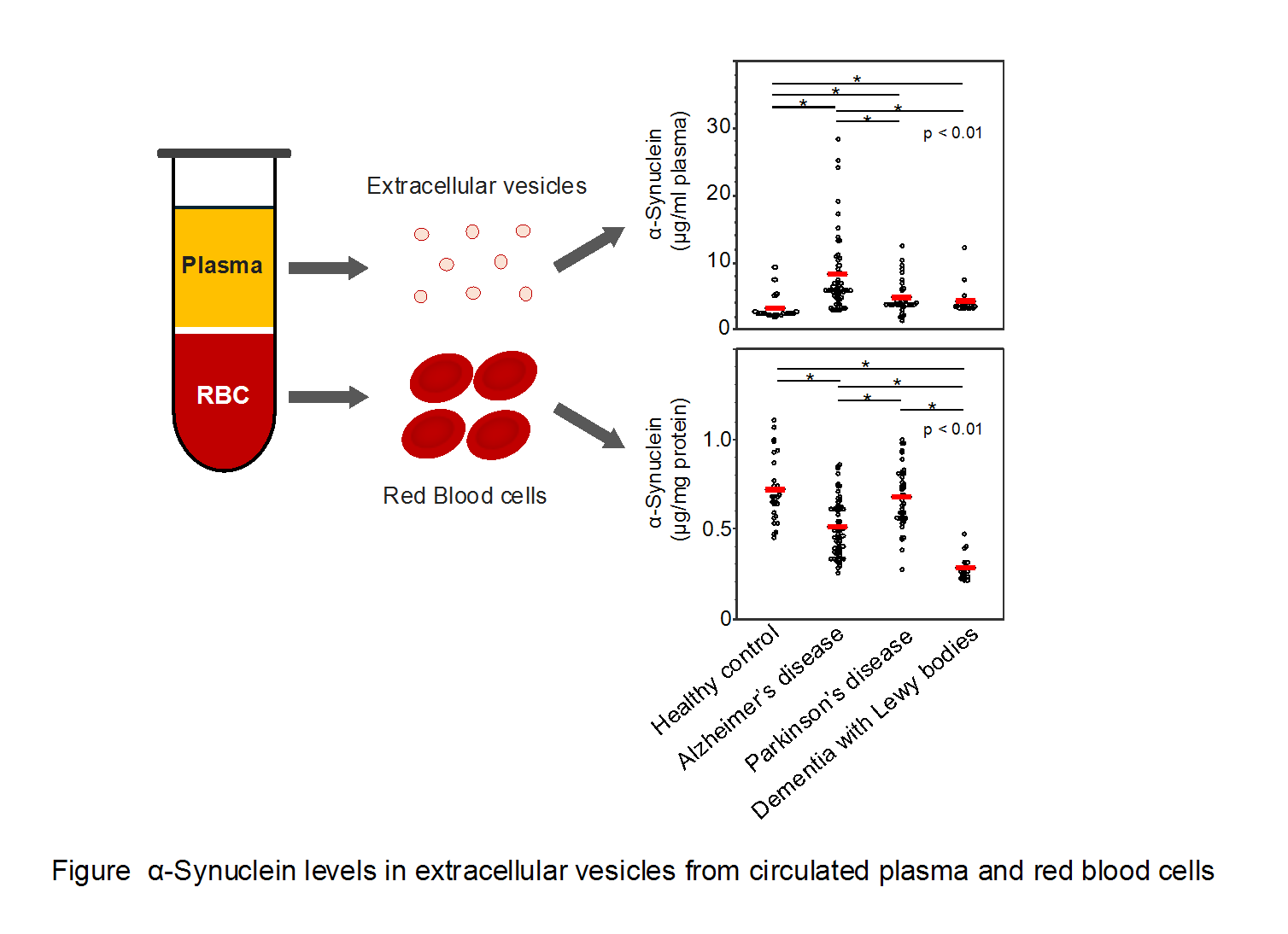May 13, 2024
Identification of the World's Deepest Recorded Deep-Sea Trematode Species
Distribution of Abyssal Trematode, Lepidapedon oregonense, from Depths of 1000–6200 m

This research was published in the Journal of Helminthology (ISSN: 0022-149X (Print), 1475-2697 (Online)) on May 9, 2024.



This research was published in the Journal of Helminthology (ISSN: 0022-149X (Print), 1475-2697 (Online)) on May 9, 2024.


Host and depth records of the trematode Lepidapedon oregonense based on the present and past studies.
Key Points of the Announcement:
- Lepidapedon oregonense, a parasitic trematode, was identified in Coelorinchus gilberti, a deep-sea fish caught at a depth of 1000–1100 m, through morphological observations.
- DNA analysis of this trematode revealed that it was identical to the “unidentified species of the world’s deepest-recorded trematode,’’ which was previously detected only from DNA samples collected from a deep-sea gastropod at a depth of approximately 6200 m (Takano et al. 2023).
- Based on this, it was demonstrated that the species currently holding the world’s deepest-dwelling trematode record is indeed Lepidapedon oregonense. From this study and previous research, it was found that this trematode inhabits a wide range of ocean depths, from the depth of 1000 m as collected in this study to the deepest record of 6200 m. In addition, its geographical distribution is wide, ranging from Sagami Bay to the western coast of North America, where records of detection from other deep-sea fish exist.
- There have been no reports of infection in humans by this parasitic trematode.


A: The host fish Coelorinchus gilberti sampled in the present study (photo of Yuma Nishino). B: the trematode Lepidapedon oregonense detected from C. gilberti (photo of Takashi Kumagai).
Journal:
Journal of Helminthology, May 9, 2024 issue
Title:
Identification of Lepidapedon oregonense as the current world’s deepest trematode
Authors:
Tsukasa Waki*, Takashi Kumagai, Yuma Nishino
DOI No.
10.1017/S0022149X24000269
Journal of Helminthology, May 9, 2024 issue
Title:
Identification of Lepidapedon oregonense as the current world’s deepest trematode
Authors:
Tsukasa Waki*, Takashi Kumagai, Yuma Nishino
DOI No.
10.1017/S0022149X24000269
Ciations: Takano, T., Fukumori, H., Kuramochi, T., & Kano, Y. (2023). Deepest digenean parasite: Molecular evidence of infection in a lower abyssal gastropod at 6,200 m. Deep Sea Research Part I: Oceanographic Research Papers, 198, 104078.
READ MORE RESEARCH NEWS - SCIENCE
ACADEMICS
Undergraduate Programs
– Medicine
– Pharmaceutical Sciences
– Science
– Nursing
– Health Science
Graduate Programs
–Medicine
–Pharmaceutical Sciences
–Science
–Nursing
Undergraduate Programs
– Medicine
– Pharmaceutical Sciences
– Science
– Nursing
– Health Science
Graduate Programs
–Medicine
–Pharmaceutical Sciences
–Science
–Nursing
RESEARCH
– News
– Guidelines & Policies
– Support Offices
– Facilities
– Security Export Control
Non-Degree Programs
– Clinical Elective Program
– International Physician Observership Program




